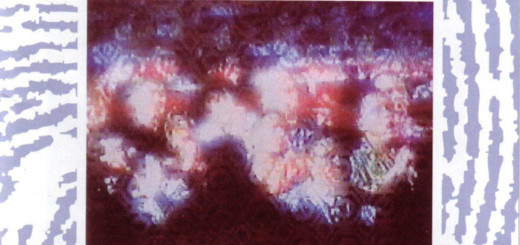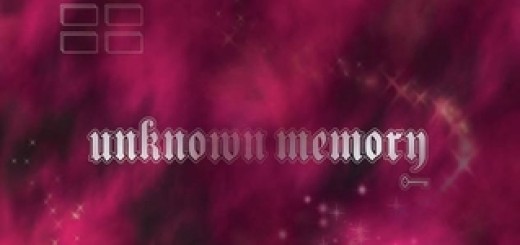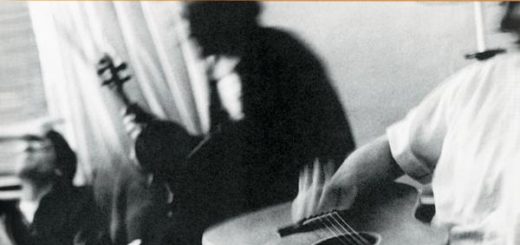Crossfader’s Ambient Primer
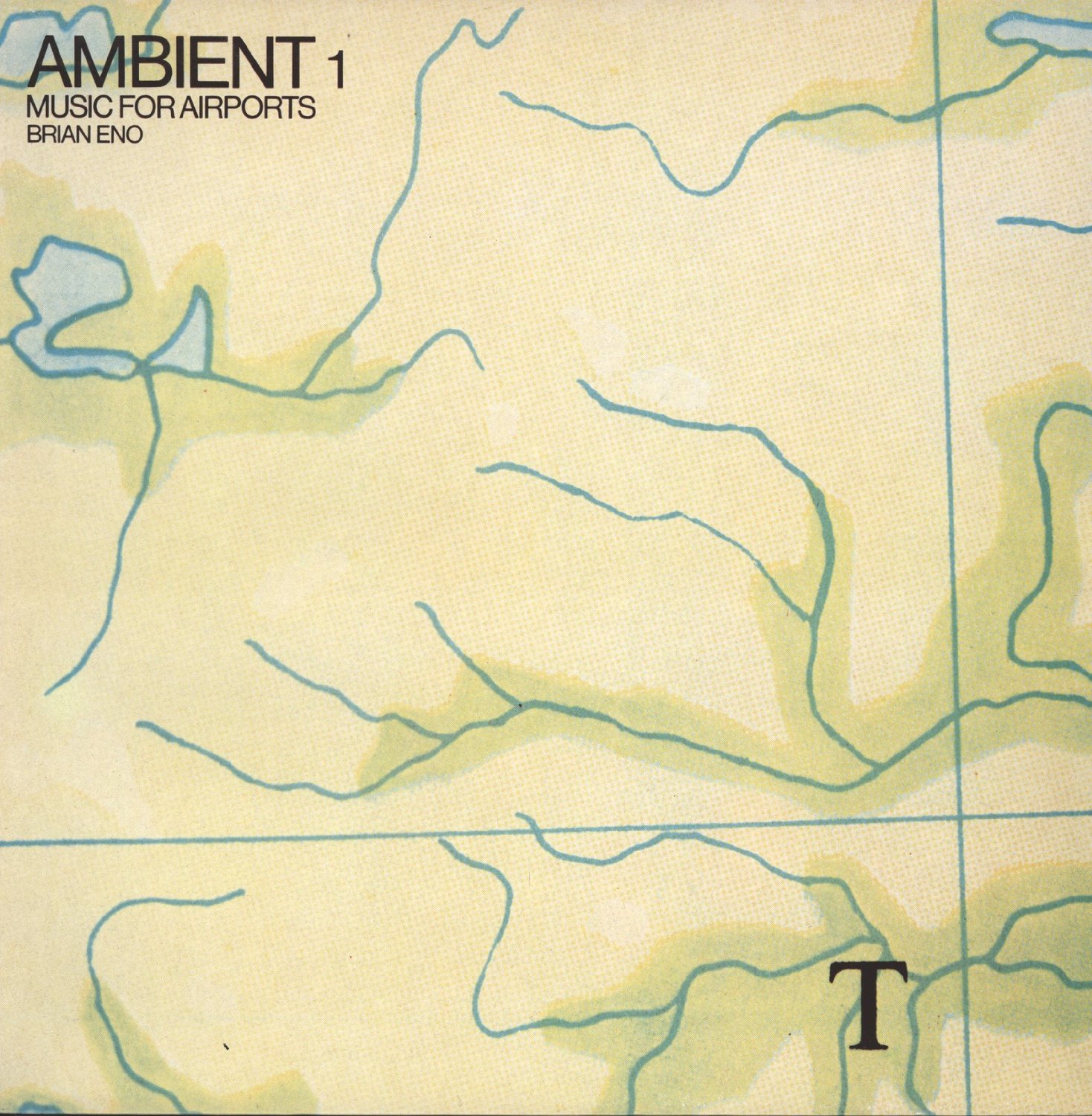
Brian Eno – AMBIENT 1: MUSIC FOR AIRPORTS
Year: 1978
Favorite Tracks: “1 / 1,” “1 / 2”
Most likely the ambient album the average passerby on the street is likely to have encountered, AMBIENT 1: MUSIC FOR AIRPORTS is just as innovative as you’ve heard. Ambient music had certainly been produced before Brian Eno sat down at his keyboard those fateful days in ‘77-’78, but never before had it been presented with this agency. In many ways, even with as simplistic a lens as its title alone, this is the first readily identifiable sonic painting that conjured an image of a specific environment and was made with the specific intent to do so. The airport is perhaps the defining structure of the modern world, and through its pensive, immersive soundscapes, all featuring some of the most beautifully understated piano and Vox effects ever committed to record, Eno’s record manages to capture the interstitial melancholy and joy present within these structures that are solely meant to be passed through. Think of the many lives, narratives, trials and tribulations, individual sorrows, and fears that get transported through an airport every second and every day; they are all captured with the metonymic spaces of AMBIENT 1: MUSIC FOR AIRPORTS. [Thomas Seraydarian]
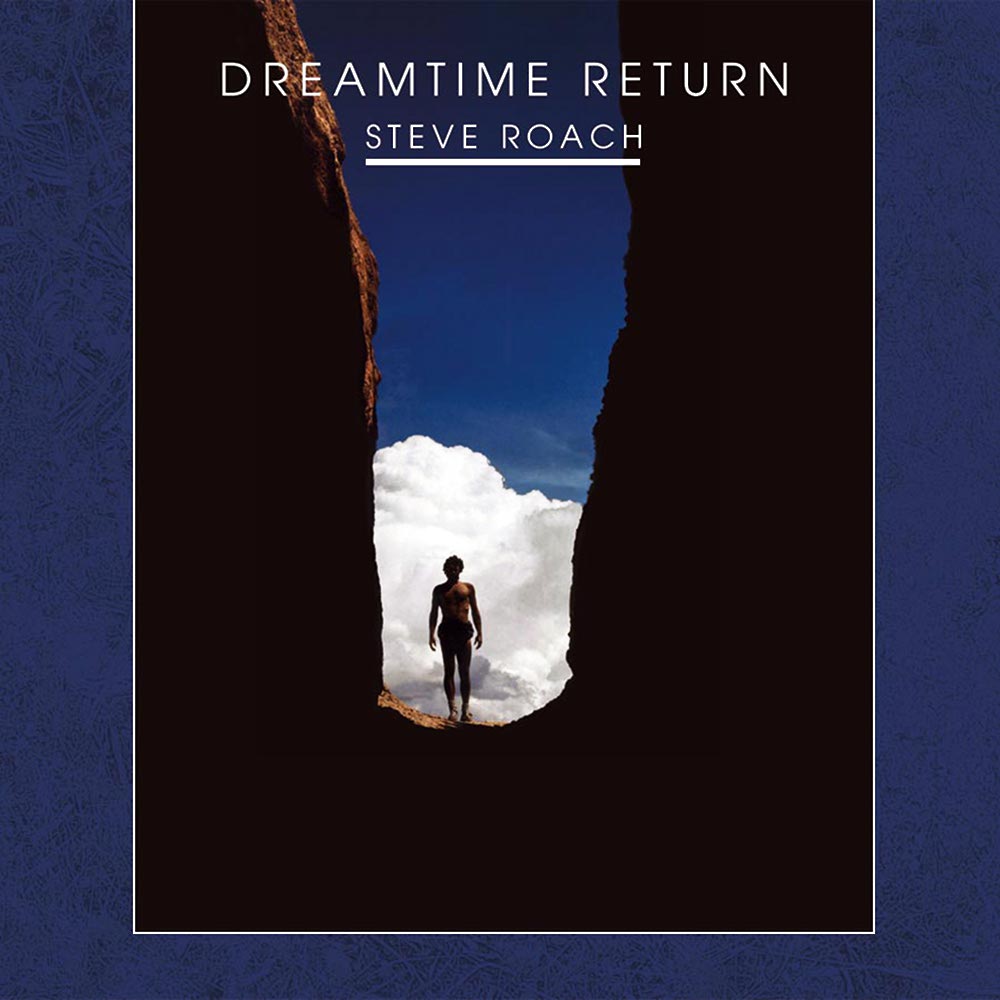
Steve Roach – DREAMTIME RETURN
Year: 1988
Favorite Tracks: “Towards the Dream,” “Airtribe Meets the Dream Ghost,” “Red Twilight With the Old Ones”
I’m not quite sure there’s another album ever recorded that’s more of a journey than Steve Roach’s DREAMTIME RETURN, the standout example of the space ambient subgenre. A massive effort that feels downright cosmic, Roach spends nearly 90 minutes slowly sinking the listening into deeper and deeper levels of subconscious terrain. Inspired by his travels in the Australian Outback and indebted to Aboriginal spiritualism, DREAMTIME RETURN manages to feel mythic and arcane at the same time that its synthesized production style suggests a broadcast from the near future. This is electronic ambient music that has a deep, sincere appreciation for the natural wonders and landscapes of the Earth, a welcome change of pace from the often myopic, paranoid Futurism that permeates the genre. Drink from the flask offered to you and join the walkabout through a psychedelic desert landscape set in the twilight of time itself. [Thomas Seraydarian]
This entry originally appeared here.
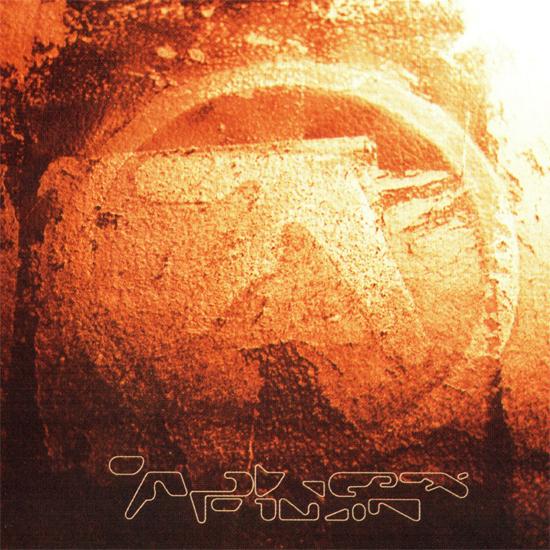
Aphex Twin – SELECTED AMBIENT WORKS VOLUME II
Year: 1994
Favorite Tracks: “#3 (Rhubarb),” “Blue Calx,” “#19 (Hexagon)”
The influence of this album is staggering, and I encourage anyone with the time and interest to delve into how Richard D. James’s two-and-a-half hour amorphous synthesizer romp is credited with being the first album to captivate an online community, often even credited with jumpstarting the communal aspects of the internet in general. Featuring only a few instances of any kind of rhythmic structure and made all the more captivating by its extremely obfuscated style of presentation (all of the songs are officially untitled apart from “Blue Calx,” with representative pictures included in the album’s original artwork), SELECTED AMBIENT WORKS VOLUME II is anachronistic to an extreme, impossible to pin down to a specific time or place. What I hear in SELECTED AMBIENT WORKS VOLUME II is the soundtrack to both entering and exiting the world, the melodies from spiritual realms barely breaking through the veils of corporeality that still bind you. This is music from both the beginning and end of time, music that’s intimately tied to the glacial pace of the movement of the planet itself. Essentially chamber music for those solely engaging with the world through a computer, the album possesses a distinct dichotomy of making the listener concurrently feel at peace with some great comforting entity of the cosmos and all alone in vast, unforgiving space. [Thomas Seraydarian]
https://open.spotify.com/album/1EHmRVzsyd1KRifjOY79gH
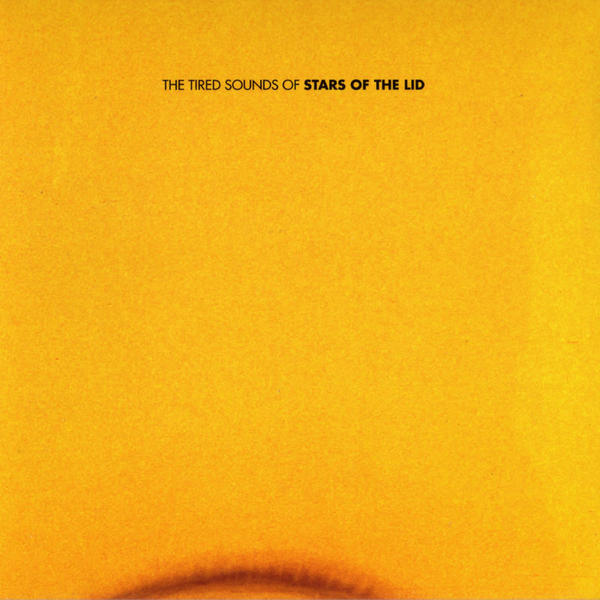
Stars of the Lid – THE TIRED SOUNDS OF STARS OF THE LID
Year: 2001
“Requiem for Dying Mothers, Part 1,” “Down 3,” “Austin Texas Mental Hospital, Part 3,” “Broken Harbors, Part 1,” “The Lonely People (Are Getting Lonelier),” “A Lovesong (For Cubs), Part 2”
An exercise in gargantuan hits of dream-like drones, THE TIRED SOUNDS OF STARS OF THE LID is an album with personality as large as its length. Setting the world’s orbit to slow motion, Stars of the Lid have produced an inexplicably disorienting record, comparable to the physical effect experienced when waking up from an afternoon nap in the sun. The listener will find themselves stumbling with a hazy head through some of the most heartwrenching melodies they’ve ever encountered, motivated to continue on with the tendrils of hope that filter through the fog. Much more organic than many of its contemporaries, Stars of the Lid make sparing use of field recordings and tape manipulation that contribute to an overall sense of deja vu, as if listening to this record through a cable connecting to a time and place that are not one’s own. The heavy use of drone keeps everything pleasantly obscured, and although some patience is required in order to let the pieces properly wash over you, the prepared listener will immediately be transported into a pleasant purgatory where dreams are the only reality and time is all anyone has. [Thomas Seraydarian]

Bohren & Der Club of Gore – BLACK EARTH
Year: 2002
Favorite Tracks: “Midnight Black Earth,” “Maximum Black,” “Destroying Angels,” “Constant Fear”
More traditionally structured than many of the other releases on this list, BLACK EARTH owes as much to the more minimal interpretations of jazz as it does to ambient. A member of the dark ambient subgenre, there is no optimism, hope, or joy presented over the course of this album; instead, we have a crawling lurch through the dark alleys of urban developments at night, if not looking over our shoulder, at least walking with the intent of getting home as soon as possible. A brooding, somber album that features the same general atmospheric intent as depressive black or doom metal, Bohren & Der Club of Gore are masters of taking the most sinister of moods and managing to filter and convey it through their more accessible jazz aesthetics. The piano is the star of the show here, placing the listener into cocktail hour at a lounge in Hell, although the album is also interesting for relegating the saxophone playing to only splashes of color, a rare feat for an instrument so commonly at the forefront of the mix. The overall effect is chilling at the same time as it is relaxing, the band’s extensive talent demonstrated through their utilization of restraint, poise, and gradual dynamics. [Thomas Seraydarian]

William Basinski – THE DISINTEGRATION LOOPS II
Year: 2003
Favorite Tracks: “d|p 3”
A record as conceptually engaging as it is aesthetically beautiful, THE DISINTEGRATION LOOPS were allegedly completed on the morning of 9/11 and listened to by William Basinski and his friends as they watched The Twin Towers collapse. Inherently related to death, deterioration, and decay due to their morbid context, the legend goes that in an attempt to rescue themes he had recorded years earlier on cassette by transferring them to a digital format, Basinski discovered that each time they looped, the recordings physically broke apart to a larger degree. As such, he let the cassettes wear themselves out, recorded the process on tape, and released them as THE DISINTEGRATION LOOPS. While the pieces start off as generally pleasing orchestral loops, by the time the latter half of each track hits, the sound warps and twists in unpredictable ways, showing that entropy will always belay the best laid plans of mice and men. Although those who are already fans of the more repetitive spectrums of minimalism will be easily drawn in, even the uninitiated should be appropriately struck by the experience of hearing something decay in real time. This is sobering music that makes one contemplate mortality. All of us at this very moment are moving towards the gray chaos of the grave. [Thomas Seraydarian]

Grouper – DRAGGING A DEAD DEER UP A HILL
Year: 2008
Favorite Tracks: “Disengaged,” “Heavy Water / I’d Rather Be Sleeping,” “When We Fall,” “Tidal Wave,” “We’ve All Gone to Sleep”
Diving into the work of multi-instrumentalist Liz Harris is similar to going back into the womb. Coupled with Harris’s soothing voice, her luscious soundscapes are distant and haunting. One of her more polished projects under the name Grouper, DRAGGING A DEAD DEER UP A HILL does this while incorporating elements of psychedelic and folk to make for a truly spiritual experience. Sweet lullabies and lovely guitar plucks are dreary yet comforting, teetering between warm tenderness and caution of the depressing outside world. While even some track titles may allude to the album’s dreamy nature, DEAD DEER really puts into perspective how meditative and vulnerable one is during the nightly phenomenon. What do we really see when we call it a day and close our eyes? Is it the rudimentary counted sheep? Most likely we see shadowy illusions of the life we have or dream of having, akin to our first moments of existence within our mother as well as the evocative tones of Grouper. [Alexander Larios]
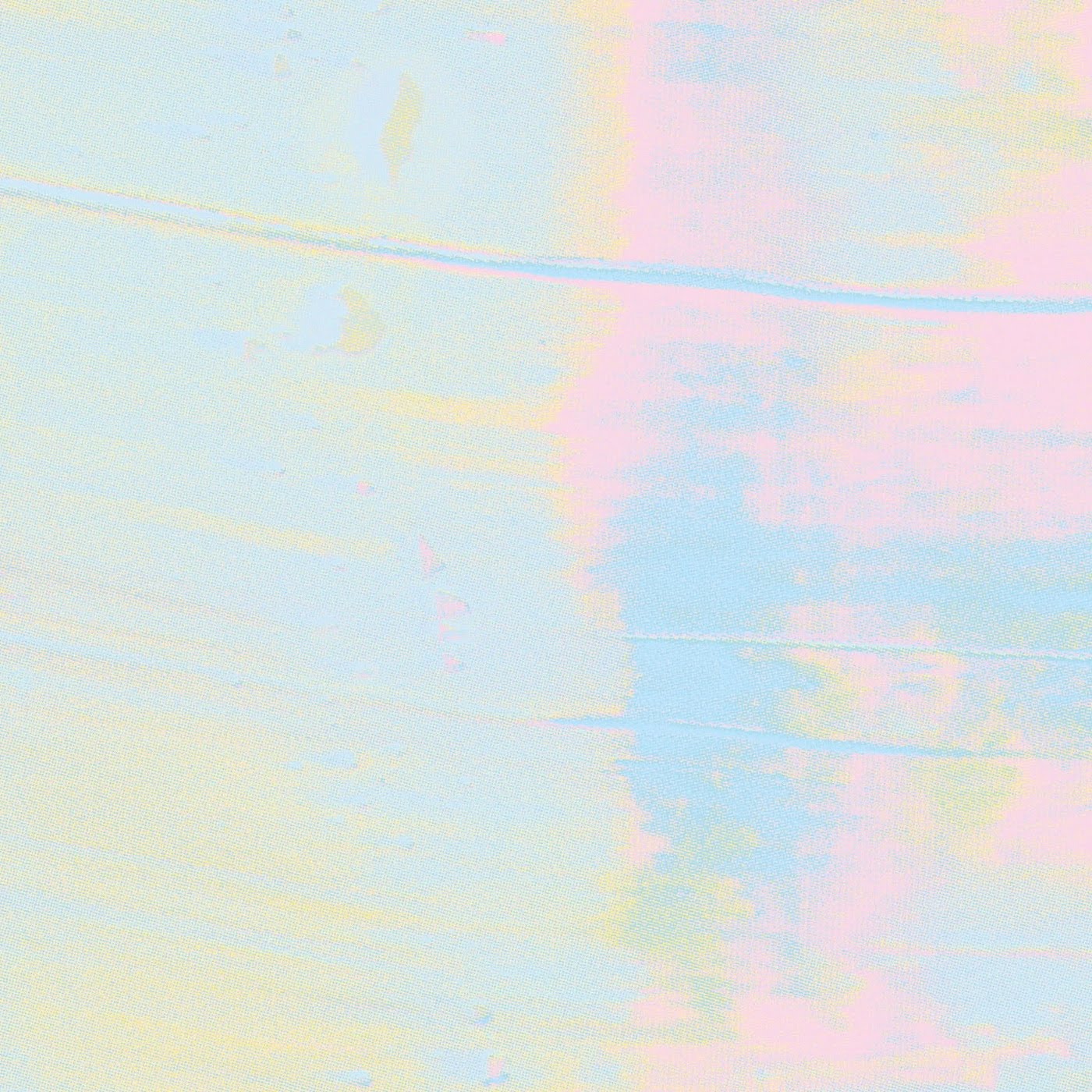
Jefre Cantu-Ledesma – LOVE IS A STREAM
Year: 2010
Favorite Tracks “Stained Glass Body,” “Where I End & You Begin,” “Body Within Body”
An expert at manipulating white noise (as opposed to the more masochistic offerings the genre is known for), Jefre Cantu-Ledesma’s LOVE IS A STREAM is a soothing, blown-out affair, as obscured, unstructured, and oddly comforting as its cover art. Although the drone label is more popularly applied to Jefre’s work for the tonal consistency present in each of his pieces, there are far more subtle ebbs and flows in timbre and frequency than initially meet the ear. Several layers of white noise envelop the listener in a cocoon composed of only the warmest, most welcoming static, creating the high from a professionally administered hospital drug as opposed to recreational escapism. Noise is too commonly dismissed as an available tool for creating atmosphere, but LOVE IS A STREAM proves that there is beauty to be found in its all-encompassing cacophony. This is every old, glitching home video you have on VHS condensed into an album, and it contains all of the nostalgia, melancholy, and malaise of the same. [Thomas Seraydarian]
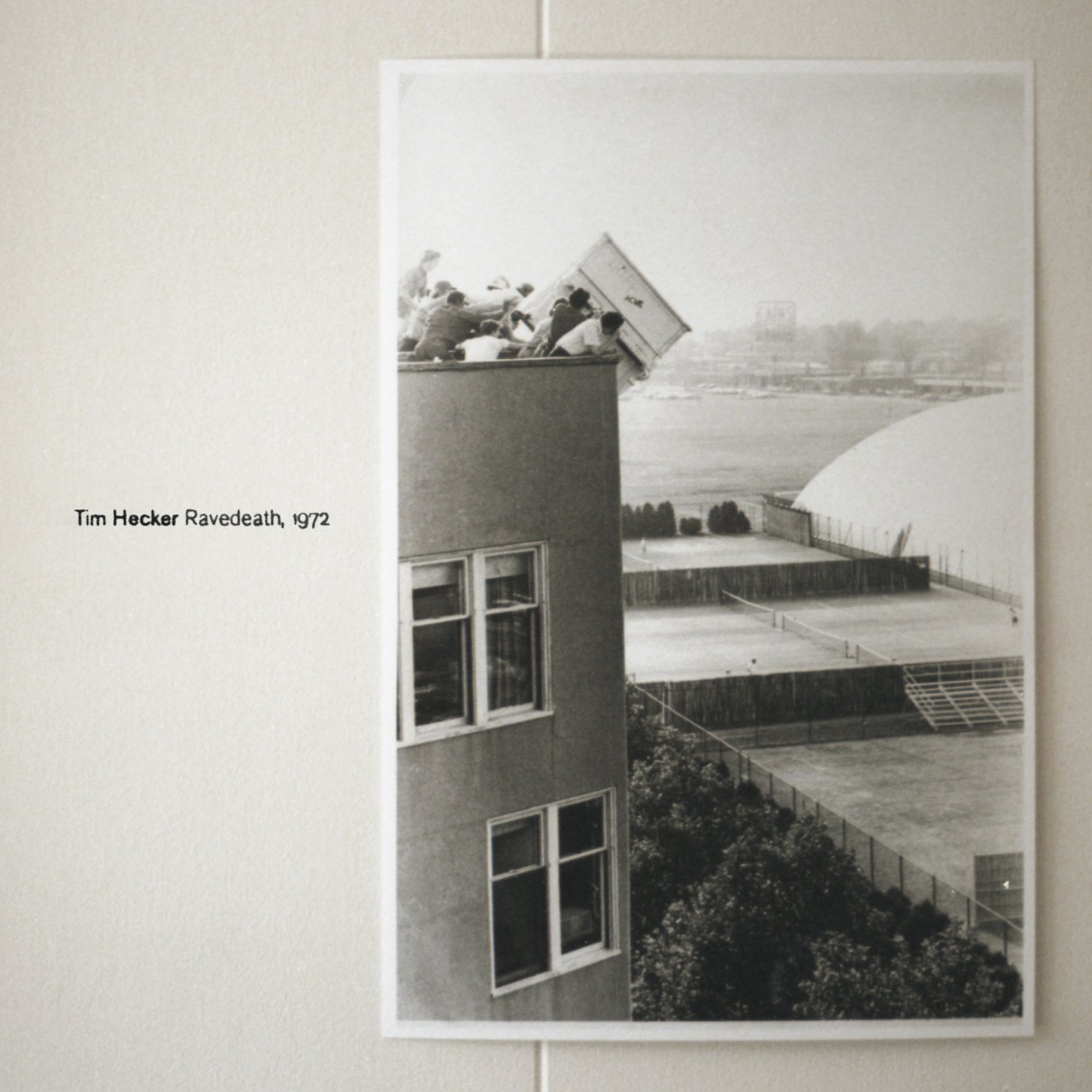
Tim Hecker – RAVEDEATH, 1972
Year: 2011
Favorite Tracks: “In the Fog: III,” “Hatred of Music: I,” “Hatred of Music: II,” “Studio Suicide, 1980,” “In the Air: II”
It is very clear what scene Tim Hecker wishes to convey with RAVEDEATH, 1972. Years from now, when digital downloading becomes the norm and global warming turns most of the Earth into desert, music itself will have deteriorated into nearly unrecognizable sounds. With help from fellow ambient master Ben Frost, Hecker attempts to design such sounds and the results are immensely tragic if not incredibly moving. Instead of giving meaty chunks to post-hipster culture vultures sucking off bones, Hecker leaves the carcass of music cold and dry. Each track is layered with decayed, distorted textures that are fragile to the touch. Every struck synth and piano key is forebodingly ominous, serving as mere remnants of a once prosperous music sphere now turned to ash. Good for an ironic laugh or two, many music fans like to joke about how they will relish in the I-told-ya-so moment when music finally dies out pretending not to completely dread it. Hecker takes this pessimism and uses it as an icepick to woefully carve beautiful pieces of art that will decorate the museums of our great, great grandchildren. [Alexander Larios]
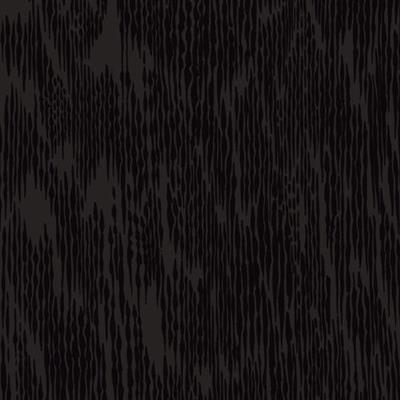
Raum – EVENT OF YOUR LEAVING
Year: 2013
Favorite Tracks: “In Stellar Orbit,” “Blood Moon,” “Event of Your Leaving,” “Blood Loss”
A joint effort by Liz Harris and Jefre Cantu-Ledesma, EVENT OF YOUR LEAVING is an exploration into the work of Latvian-American artist Vija Celmins by way of heavenly ambiance. The duo capture the mysteriously soothing aura within Celmin’s hyperrealistic paintings of ocean waves and spiders webs with synths, pianos, guitars, and choral vocals that send listeners to an ascension into a higher plane following an acceptance of death. Simple melodies are wisely added to bring uniquely bright warmth to a gloomy vista. With each subsequent listen, previously somber segments become a fascinatingly delightful celebration of departure from the physical form. What usually must come before submission to one’s fate is a profound sense of content, an ability to find joy in the simplest of things whether they be ocean waves, spider webs, or the melodies on this beautiful album. [Alexander Larios]

